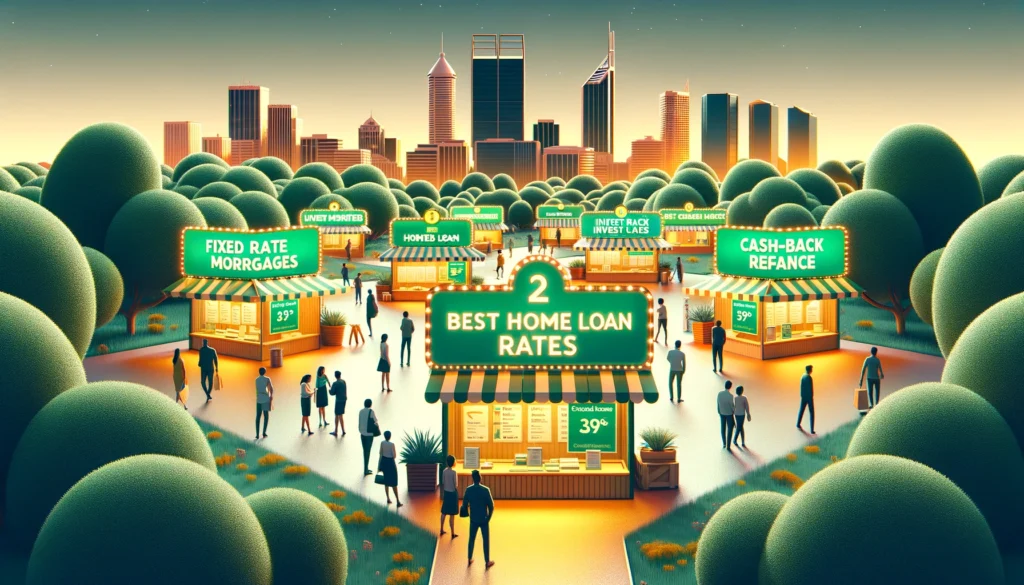What is Loan to Value Ratio?
Are you a home buyer asking yourself ‘What is Loan to Value Ratio?’
Estimated reading time: 5 minutes
Author:
Share:

What is the loan to value ratio (LVR)?
LVR stands for loan to value (or sometimes loan to valuation) ratio. It’s a percentage figure that compares how much a lender is willing to loan you against the total value of the asset you plan to buy.
The loan to value ratio is the amount you’re borrowing, represented as a percentage of the value of the property you’re buying. The bigger your deposit, the lower the LVR will be.
What you’ll learn
- What is Loan to Value ratio (LVR)
- Why LVR is important with a home loan application?
- What’s not included in the loan amount when calculating LVR?
- How to calculate your LVR
- What happens when LVR exceeds 80%?
- What is Lenders Mortgage Insurance (LMI)?
- How to reduce LVR
- Putting this all together
What is the loan to value ratio (LVR)?
LVR stands for loan to value (or sometimes loan to valuation) ratio. It’s a percentage figure that compares how much a lender is willing to loan you against the total value of the asset you plan to buy.
The loan to value ratio is the amount you’re borrowing, represented as a percentage of the value of the property you’re buying. The bigger your deposit, the lower the LVR will be.
Why LVR is important with a home loan application?
Banks commonly use LVR to assess the risk of a loan, with a higher LVR representing a higher risk to the lender. Having an LVR of 80% or lower may help you borrow more at lower rates and with lower repayments. If you have an LVR of more than 80%, you may need to pay Lender’s Mortgage Insurance or ask a family member to act as a guarantor to offset the risk of the loan.
What’s not included in the loan amount when calculating LVR?
It’s important to note that various upfront costs such as stamp duty, land transfer fees and conveyancing fees are not included in the loan amount for LVR calculations.
What happens when LVR exceeds 80%?
When LVR on a loan is more than 80%, a home buyer’s interest rate may be higher. They are also likely to need to pay for Lender’s Mortgage Insurance (LMI). LMI allows you to buy a home sooner if you have a high LVR. In many cases the cost of LMI can be included in the amount you borrow, so you won’t need to pay it up front.
What is Lenders Mortgage Insurance (LMI)?
LMI is an insurance which protects the lender if the borrower can’t meet their home loan repayments. If this happens, the property securing the loan will need to be sold so that the bank can recover the debt. But sometimes the sale price of a property won’t be enough to pay what’s owed. LMI is the banks insurance which covers the difference.
The LVR that banks will allow you to borrow depends on how much you wish to borrow, the location of your property, your credit history, your income & employment history and the type of loan you’re applying for.
If your LVR is greater than 80%, you’re generally paying for Lenders’ Mortgage Insurance (LMI).
How to reduce LVR
Build your deposit.
A great way to reduce LVR and LMI is to save up the largest deposit possible. Saving a deposit which reduces your LVR to less than 80% means you could get a home loan at a lower interest rate and avoid having to pay LMI. You could also consider buying a less expensive home to get a start in the real estate market.
Family Guarantee’s – Getting help from family.
Many lenders have Family Guarantee Schemes where a member of your family may be able to act as guarantor, using the equity in their home to help you buy your home sooner and without the extra cost of LMI. By not paying LMI premiums you can also reduce your LVR.
Putting this all together
- LVR means how much your loan is compared to the value of the house you want to buy, shown as a percentage.
- You get the LVR by dividing the amount you borrow for the house by the house’s value (as the bank sees it), and then multiplying that by 100.
- If your LVR is more than 80%, you usually have to pay extra insurance (called LMI) and your loan repayments might have a higher interest rate.
- Remember, LMI is there to protect the bank if you can’t pay back the loan, not to protect you.
- You can avoid paying LMI if someone in your family agrees to guarantee your loan. But, the person who guarantees your loan should know that they’ll have to pay if you can’t pay back the loan.
External Resources
- Investopedia | Loan-to-Value (LTV) Ratio: What It Is, How to Calculate, Example
Internal Resources


Thomas Makin
Thomas Makin is the Principal Mortgage Broker and Co-Founder of Scale Mortgage. He has a Diploma in Finance and Mortgage Broking Management and is accredited by the Mortgage & Finance Association of Australia (MFAA).
Thomas is known for his skill in providing tailored mortgage solutions. He helps homebuyers and investors across Australia, showing a strong commitment to professionalism and high industry standards.




